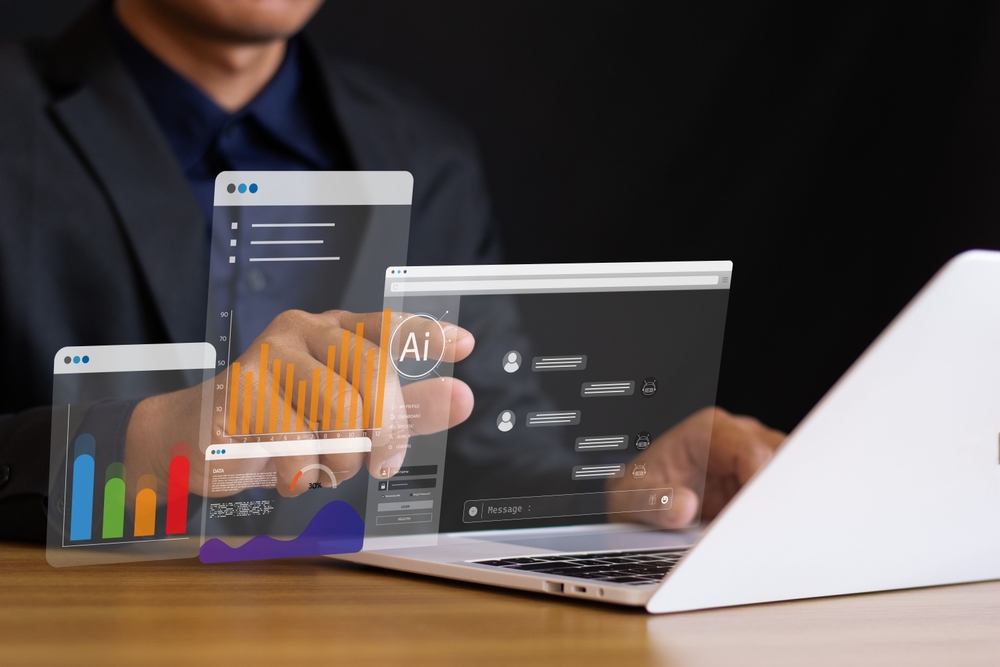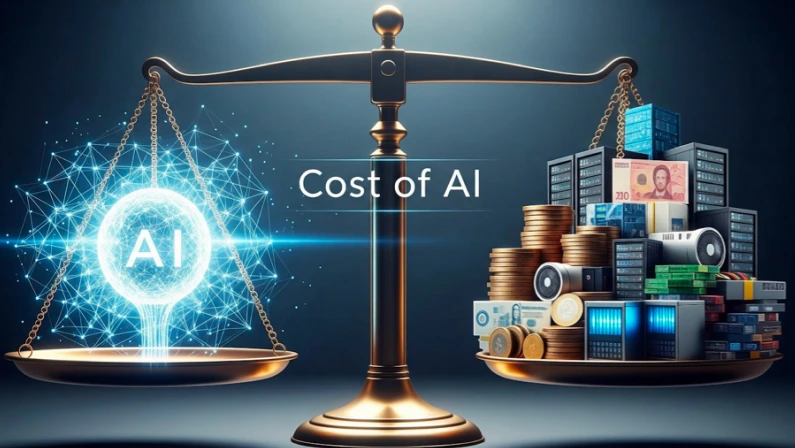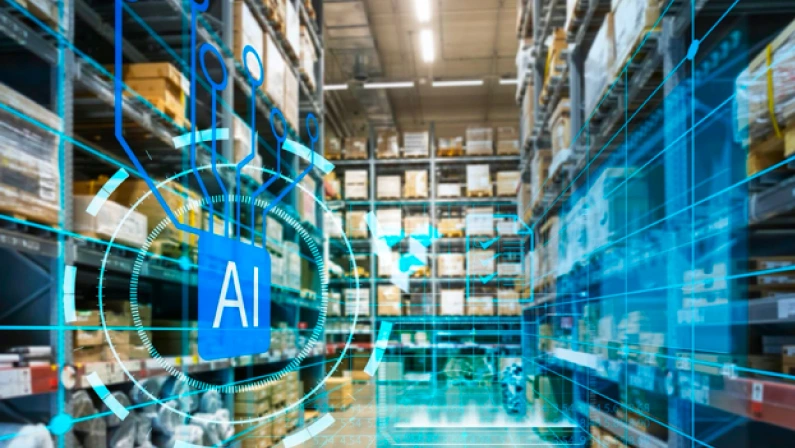
Running a small or mid-sized business can feel like driving with a fogged-up windshield. You’re constantly reacting, and hoping your next move is the right one. Forecasting is what clears the glass. It gives you a better view of what’s ahead, whether you’re planning your next bulk order or trying to figure out if it’s time to expand your team.
Without reliable forecasts, you’re guessing. That means overstocked shelves, staff shortages during peak seasons, or cash flow surprises that throw everything off. For SMBs, even small missteps can set you back. Getting forecasting right is what keeps the business steady and sets the stage for long-term growth.
What Makes Forecasting Difficult Without AI?
Traditional methods can only take you so far. Many SMBs still rely on spreadsheets, old sales reports, and gut instinct. While that might have worked in a slower-paced market, today’s environment is much less forgiving.
Consumer behavior changes quickly, supply chains are unpredictable, and competitors are constantly innovating. Without modern SMB forecasting tools, it’s easy to fall behind. This is why many businesses are now leaning into AI forecasting for small businesses. It adds a layer of intelligence that traditional methods can’t match, allowing decisions to be based on real-time data rather than outdated assumptions.
How Do AI Business Platforms Centralize and Structure Data?
One of the biggest challenges in forecasting isn’t the prediction itself, but it’s making sense of all the data scattered across different systems. Sales numbers live in one place, customer information in another, and inventory records somewhere else. That fragmentation leads to gaps and inconsistencies.
An AI business platform changes the game. It pulls all those data streams into one central hub. With core AI business platform features like cloud-native storage, intelligent data cleaning, and unified dashboards, SMBs finally get a complete view of their operations. This ensures the data used for forecasting is accurate, structured, and ready for action.
We break down why centralized customer communication matters in this guide here.

What AI Tools Are Used to Improve Forecasting Accuracy?
Forecasting powered by AI isn’t just about looking at past numbers, but about identifying patterns and predicting what comes next. Platforms built for SMBs use predictive analytics for SMBs and machine learning models that get smarter over time.
Here’s what they bring to the table:
- Real-time dashboards that update instantly, giving leaders the most accurate picture of their business.
- Business forecasting automation, so reports generate themselves instead of eating up hours of manual work.
- Scenario planning tools that test “what if” situations, like sudden price changes or seasonal demand spikes.
These features give business owners clarity and confidence. You can see what’s likely to happen and plan accordingly instead of scrambling at the last minute.
How Can SMBs Use Forecasting to Make Smarter Decisions?
The real value of forecasting shows up in day-to-day decisions. Retailers can plan promotions based on predicted shopping spikes. Manufacturers can fine-tune production schedules to match demand. Even service-based companies, like clinics or consultancies, can adjust staffing levels to match expected workloads.
This is what data-driven decision making SMB is all about. Instead of guessing, leaders have a roadmap. Forecasts inform not only sales and marketing but also hiring, budgeting, and long-term strategy. You can see how this plays out in practice in our guide on the benefits of sales forecasting.
Real-World Scenarios Where AI Forecasting Transforms Operations
To make it even clearer, let’s look at a few examples:
- A retail SMB uses AI forecasting for small businesses to predict holiday sales. Instead of over-ordering or running out of stock, they keep shelves balanced and customers happy.
- A manufacturer applies business forecasting automation to production planning. The system predicts demand shifts, helping them avoid costly downtime and overproduction.
- Even a healthcare provider can use SMB forecasting tools to predict patient volume during flu season. With that insight, they schedule staff efficiently and reduce wait times.
Key Forecasting Features to Look for in an AI Business Platform
Not every tool out there is built for SMBs.
If you’re shopping for a solution, the best AI business platform forecasting tools will include:
- Predictive analytics that update in real time.
- Customizable dashboards tailored to your operations.
- Business forecasting automation to reduce manual reporting.
- Integrations that work with the tools you already use.

Building Stronger Forecasts with Leapify CRM
Forecasting should never feel like a guessing game. With the right partner, SMBs can use AI to turn scattered data into clear insights that drive smarter strategies.
Leapify CRM was built with predictive analytics CRM for SMB in mind. It combines data centralization, automation, and advanced forecasting so you can focus on decisions that move the needle. Whether you’re preparing budgets, planning product launches, or managing day-to-day operations, Leapify helps you act with confidence.
If you’re ready to see how AI helps forecasting and how AI business platform forecasting can change the way you operate, explore Leapify or connect with our team today to know more.



